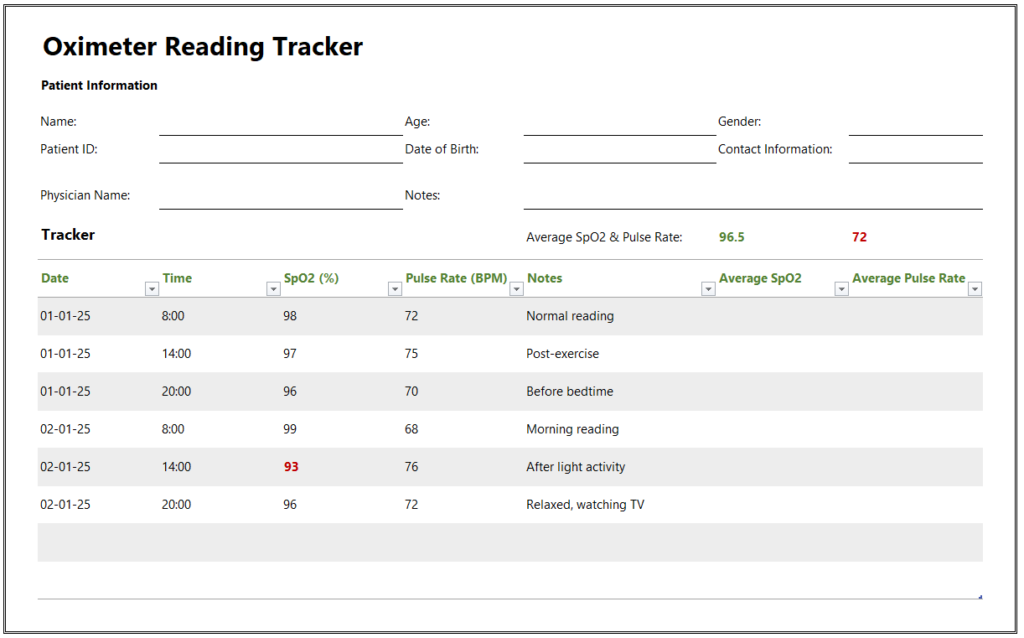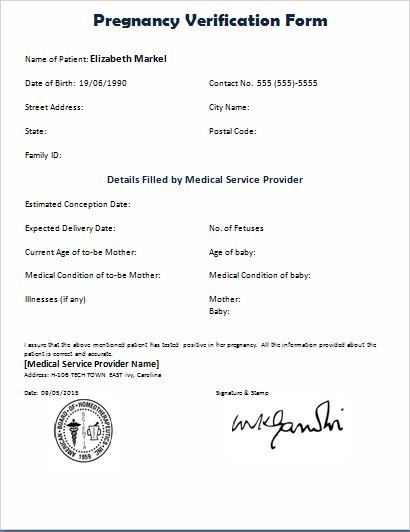Pulmonology is the branch of medical sciences that studies the respiratory system. It also covers the normal physiology of the respiratory system, diseases of the lungs and respiratory tract, and the treatment of these diseases based on clinical and laboratory diagnosis.
The respiratory system, as we all know, begins in the nasal cavity and includes the nasopharynx, trachea, and bronchi until the alveoli are present in the lungs. Actual gaseous exchange occurs between the membranes of alveoli and blood vessels. The proper functioning of our respiratory system is based on the proper anatomy of the respiratory tract and the fact that the lifestyle of human beings dramatically affects the normal physiology of the lungs and the rest of the respiratory tract.
Oxygen, a must for human life, is supplied to our bodies by the respiratory system.
Oxygen is something we can’t live without. We need oxygen at the metabolic level to provide the fuel we need for all our bodily functions. Lungs are the organs responsible for oxygen supply. This oxygen then reaches the tissue level and is a source of metabolic reactions everywhere in the human body.

Diagnosis of lung diseases
Over time, when we strain our lungs too much, the oxygenation becomes poor, resulting in a gradual decline in organ function. This happens in many diseases of the lungs. Some of the diseases require prompt diagnosis and treatment and can threaten life if we don’t take timely action.
Lung volumes are always evaluated whenever a patient enters a pulmonologist’s room. Lung volumes mean tidal volume, total lung capacity, dead space, etc. These tests give us a holistic picture of the lung condition that causes a patient to seek medical help. Apart from the lung volumes measured by a spirometer, pulse oximetry, and respiratory rates, they tell us the picture of the disease.
Pulse oximetry
Pulse oximetry is a simple test for checking lung oxygen saturation. It is a digital device that measures oxygen saturation in the blood at any time. Normal oxygen saturation is 100% and must be maintained at this level. Patients with an oxygen saturation of less than 90 are critical and need prompt attention.
Pulse oximetry is done in every ward, ER, and ICU everywhere in the hospital, and proper charts are maintained for its evaluation. Sometimes it is measured along with the vital signs.
Pulse oximetry tracker
As mentioned earlier, oxygen saturation is measured regularly, especially for indoor patients, postoperative patients after anesthesia, and patients coming to the emergency room after accidents or severe injuries.
So, a proper record is maintained, like the vital records, and evaluated at regular intervals. Low oxygen saturation at any point in time needs attention and quick management. The pulse oximetry tracker contains the patient’s name and the percentage of oxygen saturation at any given time. Some columns are assigned for the time below, for which the values are written.
- Nursing Documentation Templates
- Mental Health Evaluation Forms
- Forms Used by Pediatricians
- Various Forms Related to Pregnancy Verification
- Common Forms Used by ENT Specialists
- Pain Diary Worksheet Template
- Forms Commonly Used by Old Age Homes
- Medical Treatment Consent Form
- Home Exercise Program Worksheet
- Forms Used for Mental Health Assessment
- Forms Used by Psychologists
- Medical Forms Commonly Used by/for Students
- Assessment Consent Form
- Forms Used by an Anesthesiologist
- Not Fit to Fly Certificate Template



